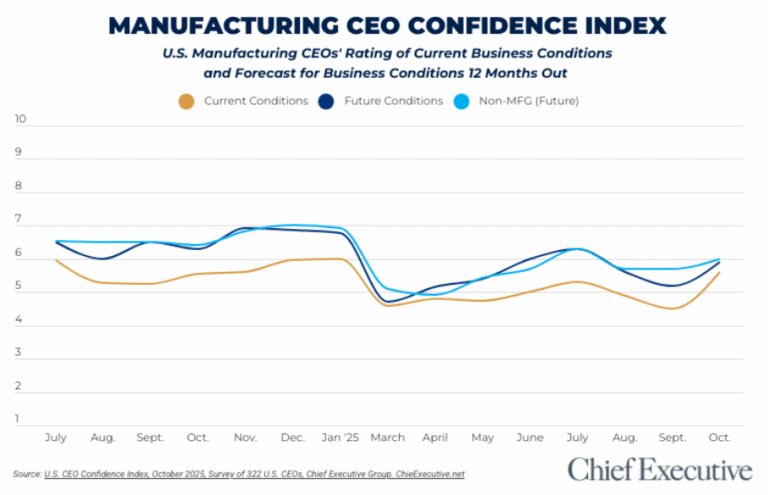
Figuring out what services customers want and how you can adapt your offerings to best serve their needs isn’t an easy job or a one-time push. In fact, I have found that the clearest path to bettering customer service is to understand the customer lifetime value and the impact of that on your resources and bottom-line. Calculating your customer’s lifetime value allows you to clearly understand and justify the need to continuously improve your service offering to ensure the customer continues to deliver on his lifetime value. Every business can accomplish building a lifetime relationship with the customer by focusing on four things:
This single question is at the core of shifting or advancing a corporate culture toward a customer-centric approach. As we worked to shift Zane’s Cycles from a retail operation to one that could service corporate clients as well, we found ourselves interacting with customers outside of our geographic reach — customers that weren’t standing in our store able to tell us right then how well they thought we provided service. While it was more challenging to service these customers, we used the opportunity to gain feedback by conducting surveys asking what worked and what didn’t in the delivery and assembly of our product. As a result, we changed 14 internal processes, everything from the packing, to the instruction, and reassembly process received little tweaks to allow the customer to interact more easily with our product. More feedback meant more improvement, not just for the customer but for our profits as well. By being customer focused, finding out what was needed to satisfy the customer and provide a seamless experience, we were not just making the customer happy. We had diminished the demands on our phone technicians needing to explain the reassembly, we reduced our returned merchandise liability, and we set a standard that, recognizing a flaw in our system and implementing a solution, would be praised as a profit building opportunity rather than frowned upon as workflow disrupter. The critical aspect of asking what your company and employees can do better is actually using the feedback to implement the suggestions and modify the way you are currently doing things. If you’re willing to ask, then you’re obviously willing to listen and act.
An eye-opening article in the Harvard Business Review suggested that business owners need to look closely at the customer who rates your business near the top of the 1 to 10 scale, as well as those in the 1-6 range. Why? Because it’s not just those at that bottom are likely to be swayed, according to the research, but those close to the top are ripe for picking as well. We know that the 1-6’s might leave us if we don’t figure out away to satisfy them, but it goes on to say that many customers in the top range, 7’s and 8’s, feel that the company with which they are doing business is good, but they are becoming complacent about their patronage. Most often, the customers that are “satisfied” and not “highly satisfied” can be won over — with small incentives — from frequent flier miles on airlines to waving overdraft fees at banks. Therefore, it’s your responsibility to not just win back the customers willing to defect but to identify your competitor’s non-highly satisfied customers and win them as well.
Customer-driven companies understand and embrace the idea that their success depends solely on the customer’s satisfaction and must be willing to do whatever it takes to deliver on the promise. This means building a team of people who are good listeners and are effective at responding to the needs of the customers. Even predetermining the needs of the customer like The Ritz-Carlton Hotel chain, which rewards employees who, for instance, notice that a regular guest in their hotel always asks for a particular newspaper or a certain drink and ensures the item is in the room before check in. To build or engage an already existing team, empower your employees to satisfy the customer using their interaction as case studies to modify future results to fit within your developing culture. An overzealous employee overspending to satisfy a difficult situation is easier to reign in than convincing a stifled insecure employee to stick their neck out. Highlight and promote success stories from within your organization to inspire and lead a team of customer service champions.
Customers are often asked for their contact information when checking out or interacting with a company but aren’t told why it’s needed. If you ask your customers for their contact information, let them know why you need it; to prevent customers from having to save their receipts because they’re stored digitally, or to avoid talking about things or services they have already purchased, or the ability to connect with them if there is a recall. If you ask for a customer’s information, use it. Use it to better their experience in your store or to communicate to them with information they’ll appreciate, but don’t get it just to let it die on the vine. A prime example of what not to do comes from Radio Shack, whose employees routinely asked every customer through the door for his or her telephone number. When questioned, the salesperson had no idea why the number was needed, except that it unlocked their computer to allow a customer to make a purchase. The plan was finally discarded since the customer was asked for something that simply wasn’t being used. Every communication with your customer builds or diminishes trust; let your customers know why you’re asking them for their information and how it will better the service they receive.
Continuously improving your customer service will only reinforce the foundation of your organization. The investment of both time and money will pay off every single day in the successful growth of your company.



0

1:00 - 5:00 pm
Over 70% of Executives Surveyed Agree: Many Strategic Planning Efforts Lack Systematic Approach Tips for Enhancing Your Strategic Planning Process
Executives expressed frustration with their current strategic planning process. Issues include:
Steve Rutan and Denise Harrison have put together an afternoon workshop that will provide the tools you need to address these concerns. They have worked with hundreds of executives to develop a systematic approach that will enable your team to make better decisions during strategic planning. Steve and Denise will walk you through exercises for prioritizing your lists and steps that will reset and reinvigorate your process. This will be a hands-on workshop that will enable you to think about your business as you use the tools that are being presented. If you are ready for a Strategic Planning tune-up, select this workshop in your registration form. The additional fee of $695 will be added to your total.

2:00 - 5:00 pm
Female leaders face the same issues all leaders do, but they often face additional challenges too. In this peer session, we will facilitate a discussion of best practices and how to overcome common barriers to help women leaders be more effective within and outside their organizations.
Limited space available.

10:30 - 5:00 pm
General’s Retreat at Hermitage Golf Course
Sponsored by UBS
General’s Retreat, built in 1986 with architect Gary Roger Baird, has been voted the “Best Golf Course in Nashville” and is a “must play” when visiting the Nashville, Tennessee area. With the beautiful setting along the Cumberland River, golfers of all capabilities will thoroughly enjoy the golf, scenery and hospitality.
The golf outing fee includes transportation to and from the hotel, greens/cart fees, use of practice facilities, and boxed lunch. The bus will leave the hotel at 10:30 am for a noon shotgun start and return to the hotel after the cocktail reception following the completion of the round.